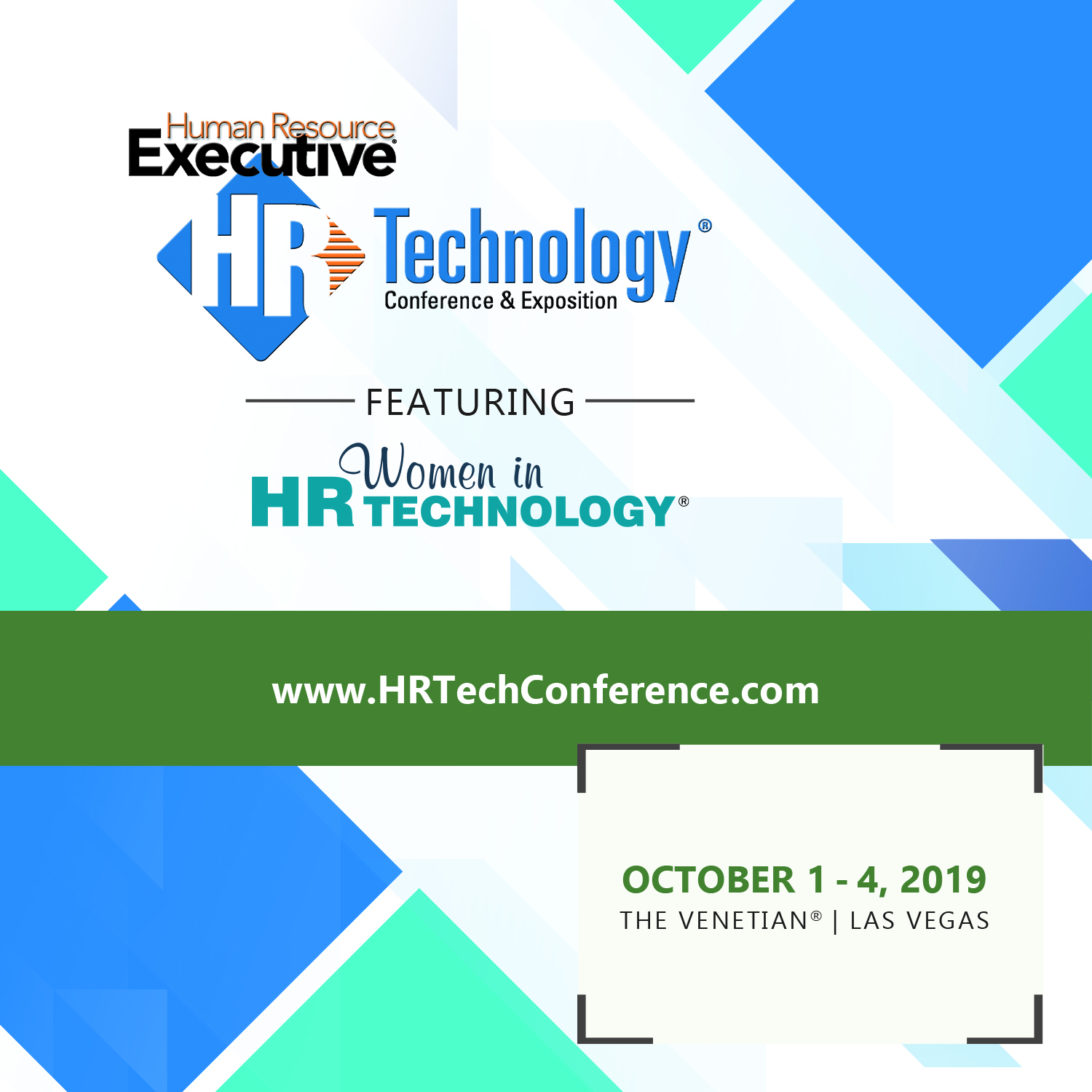New Technology and Staying Relevant
Technology, whether its in the workplace or in our personal lives, advances relentlessly, and it can be really daunting and perhaps frustrating for some to keep up. And of course there's the question of should you even try to stay on top of the latest developments in things like augmented reality or whether you need to sign up for an account on the newest social/reputation/gaming/location/baconated viral community?
Here's some unsolicited advice that might help you decide whether or not a new shiny object is worth the investment of some of your most valuable resource - your time, and by asking and evaluating your answers to a few basic questions hopefully you'll be better able to make an informed decision.
1. Do I have any idea what this new 'thing' is?
If the new tool or technology is 100% foreign to you, never heard the name before, don't recognize any of the people that might be talking about it, and as yet, can't find anyone with a Twitter bio professing to be a 'ninja' or 'rockstar' with said new technology - then it is safe to take a pass for now. Let some other folks with more time on their hands sort out the relevance and potential use cases for you.
2. Who is reporting about this technology right now?
There is a kind of progression and hierarchy in the popular tech blogs and aggregators, and mainstream media about new technology. This progression can be roughly used as a layman's guide about when to take a closer look at a new technology or gadget.
Killer Startups.com - Still safe to ignore.
TechCrunch - Still generally ok to wait it out. I'll keep an eye out for you and let you know if anything that pops there is relevant.
Mashable - Probably still ok to ignore, but at this point you might need to feign interest as all of your online friends will have read the same information you did and you don't want to seem out of touch.
The New York Times - Now it's time to take a look for sure. In fact it may already be too late.By now the rest of the world now knows about the new technology too. So you won't be 'cool' for talking about it with the Twitter crowd, but inside your own organization you still might be able to pull off some early adopter cred.
Does this technology have anything to do with my job/business/industry?
The directly relevant technologies to your business or industry are generally easy to spot. They usually have a tagline of 'The Pandora for ABC' or 'The Foursquare of XYZ'. If ABC or XYZ are things your company does or provides, it might be worth your time to take a closer look. That is assuming of course you know what Pandora and Foursquare are. If you don't then, chasing their imitators might be a waste of energy.
Is this technology/tool/gadget/service the answer to a real problem that anyone that has any influence over my success and happiness needs to have solved?
Your boss. Your customers. Your spouse. What you really want from your investment of time, resources, and possibly money out of a new technology is a way to solve problems. But not really your problems, rather someone else's problems.
Be careful of adopting too many tools or toys that really seem to only benefit you. Sure they can be fun for a while. But you run the risk of ending up like the guy who has spent his life collecting Star Wars figures or PEZ dispensers. You might get some acclaim and (limited) reward from those communities, but do you really want to be known for that? As we'd say in the sports world - that is not tremendous upside potential.
So that's it, a some short guidelines to try and help you to assess that fancy new technology all the cool kids are talking about.
What's your take? How do you decide when to spend time on a new toy?

 Steve
Steve





